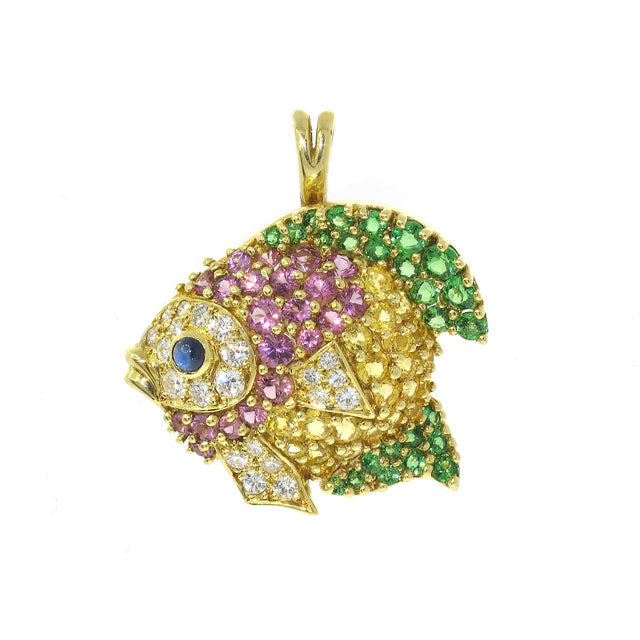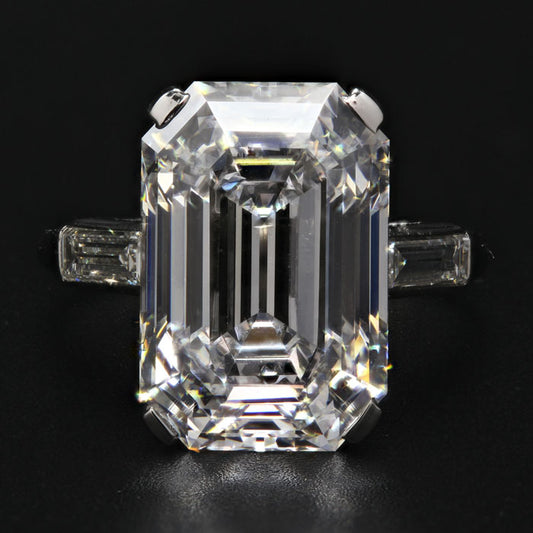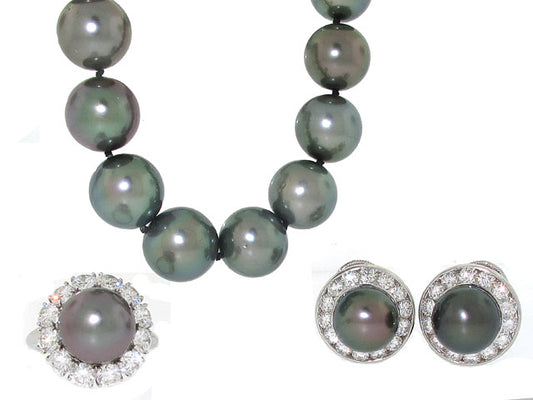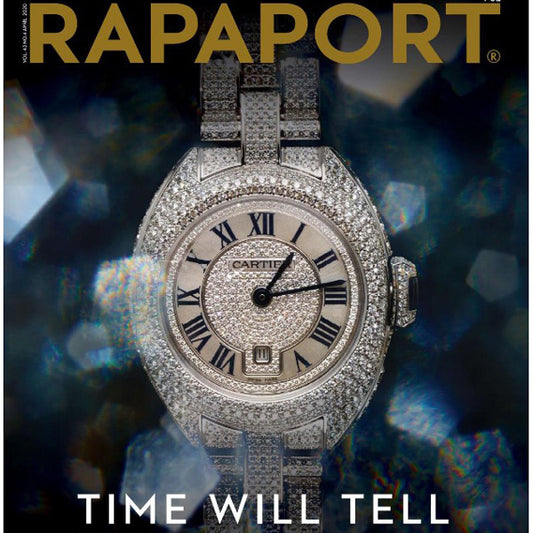Nearly 40 years ago, Jean Vitau, a French jeweler, came to New York City to try his luck. He likely did not realize that his arrival — and the tiny stash he brought with him — would impact the jewelry-making business for years to come. The cargo he hand-carried to the States was securely nestled in his pocket, consisting of three rings, fashioned with an innovative bar-style setting that he had invented and patented. Later he trademarked the design and it became known as a Gemlok setting. Vitau was a major supplier to Tiffany & Co. and his designs were its number one selling wedding band for many years. The design does not rely on prongs, but rather bars, which hold the stones very securely and prevent catching and snagging on clothing. Vitau’s setting revolutionized the bridal ring market and became the cornerstone of the jewelry business he established under the name of Gemveto, now Gemlok. The company ultimately expanded to include custom bands in all widths with stones in varying sizes from small to large, including emeralds, rubies, sapphires, and diamonds, alone and in assorted combinations of color.
Vitau also created classic, sophisticated jewelry set in platinum and 18K gold, which he called the Jean Vitau Collection. His line included many pieces, particularly pins and pendants inspired by nature — delicate and whimsical animals, colorful butterflies, birds in flight, and graceful flowers. He was highly regarded in the industry and in his 2011 obituary notice in Jewelers Circular Keystone, a trade magazine, his daughter Mimi is quoted as saying, “He was a visionary, one of the first to brand jewelry. Everyone told him he was crazy but he went ahead and did it and ended up forging the way for all the designers that we have today.”








